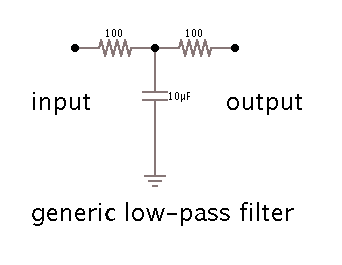Some further experiments:
Inspired by this audiogon
thread which extols the virtues of long forgotten and long neglected MM cartridges, I decided to do some fine tuning and cartridge loading experiments.
But first, a paraphrase/gist of the thread:
a/ some MM cartridges costing as low as $50 are at least as good, if not better than, the best MC cartridges costing thousands of dollars.
b/ the best loading combination for most MM cartridges is 100 kilo Ohms (and not the conventionally accepted 47kOhms) with parallel capacitance of 100-150 pF (and not the usually ?recommended 250-300 pF or even higher). For those who own phono stages that allows changing of impedance and capacitance loading, this is a must try.
c/ the best vertical tracking (VTA) angle need not be parallel. Parallel means the tonearm tube and record surface are parallel. Many MM cartridges benefit from positive VTA (tonearm is slightly raised at the pivot so that the headshell droops down a bit). Some benefit from negative VTA. If the tonearm allows it, playing around with VTA is simple enough. Strictly speaking, one should check the stylus rake angle and not how parallel or not is the arm tube, but most of us are not equipped to measure the angle of the stylus rake. So the indirect indication from arm tube must be considered good enough.
d/ there is a "best" tracking force/weight for a cartridge. Example: if a cartridge has a recommended tracking range of 0.75 to 1.25 grams, experiment with different weights within this range, in steps of 0.1 grams. One could even go slightly beyond the recommended range. In general, if tracking force is too high the bass will be plodding and lazy. If too light, there will be nervous energy in the music, as if something is unresolved or is in suspense. In other words, it could sound edgy. At the right tracking force the music will snap into place/focus.
Additionally, some people swear by the correct antiskating force to balance the left and right channels (assuming azimuth is already correctly set).
Azimuth adjustment, if available in the tonearm, will set L/R balance as well as L/R channel separation correctly. For example, a cartridge may be rated for 25 dB of channel separation but we may not achieve that number unless the azimuth is correctly set.
So I started experimenting with vertical tracking angle. I normally set my arms to parallel. I noted the tonal balance with parallel VTA then tried both slightly positive and slightly negative. I noted my preferred sound and set it for that. I found slightly positive tracking angle sounding the best for my cartridge.
Next I weighed the actual tracking force and increased and decreased in steps of 0.1 grams. If using an unipivot arm with hanging counter weight like me, it is essential to cross check correctness of azimuth after changing tracking force. I went from the recommended 1.6g to 1.7, 1.8 and 1.9 and found 1.7g sounding the best. I had also gone as low as 1.3, 1.4, and 1.5g.
The last thing I changed was the resistive loading. I have found 1.8K Ohms the most balanced for my high output MC cartridge (approximately ten times the internal impedance of the cartridge). I had been using this value for a long time, except for brief spells trying out 1K and the usual MM loading of 47K. Based on the advise in the audiogon thread, I tried 100K.
Up to this point, there was definite improvement in the sound but a recent change in one interconnect cable had brought about substantial improvement to the sound (more resolving, better defined bass, better separation, etc) but had also brought with it an edginess to the sound. A sort of nervous energy that needed taming.
After changing to 100K loading the nervousness went away. The bass weight suddenly became more ominous. It gained substantial bass weight. But the greatest change was in the extension and smoothness of the treble. My cartridge, though decent, is a modest one, and I have accordingly limited my expectations of it, especially the quality of the treble. With the change in resistive loading, it sounds much sweeter, more like a much costlier MC.
So I would urge all you vinyl enthusiasts to try fine tuning your tracking angle, azimuth, tracking weight and if possible your resistive and capacitive loading. There is a lot hidden in the grooves, waiting to be uncovered without spending silly money on new analog gear!


